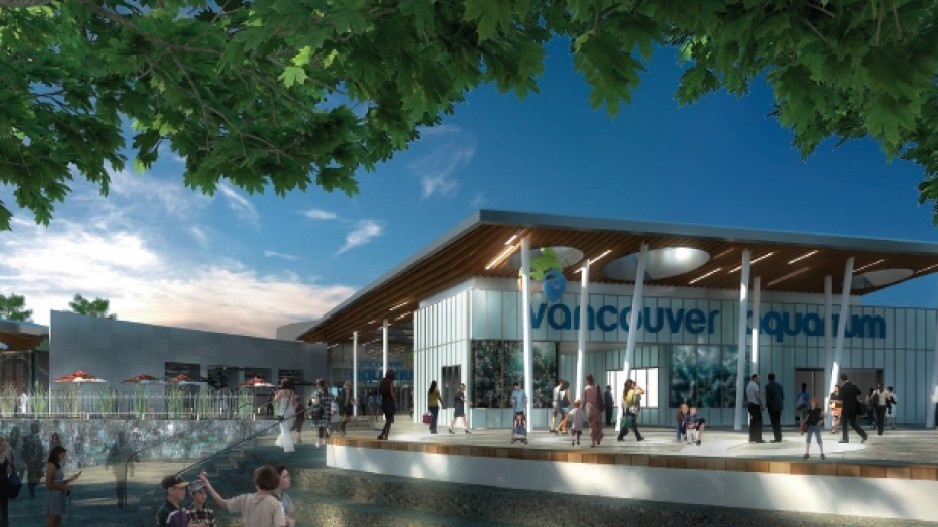The Vancouver Aquarium has launched a $100 million capital campaign after accepting the largest private donation in its history: $12.5 million from Teck Resources Ltd. (TSX:TCK).
About $10 million of Teck's donation will go to the aquarium's capital campaign while $2.5 million will fund ongoing education, research and conservation programs.
Teck's capital campaign donation will finance the redesign and 47,000-square-foot expansion of the aquarium's entrance gallery by May 2014.
"We're sitting well above halfway to our fundraising goal," Vancouver Aquarium CEO John Nightingale, told BIV in May, before heading to an international symposium for aquarium operators in Qingdao, China.
The aquarium has already landed $15 million from the federal government and $10 million from Victoria.
The fundraising started as the aquarium was readying to host a new exhibit of South African penguins in their featured Penguin Point viewing area.
It has spent $500,000 on exhibit space but does not have to pay for the aquatic birds themselves because they are on loan from Boston's New England Aquarium, which is undergoing renovations.
The exhibit will be the first penguin exhibit in Stanley Park since the Stanley Park Zoo closed in the mid-1990s.
"Many people remember the zoo's penguin exhibit. So, we thought what a great opportunity to have a two-year penguin exhibit," Nightingale said. "You can't build an aquarium and it just sits there unchanged."
Indeed, Nightingale has grand plans for the 45-year-old facility.
In addition to the new entrance that Teck Resources is financing, Nightingale also plans as part of the aquarium's Phase 1:
•an outdoor, half-covered plaza that the aquarium can use for performances;
•new indoor food service; and
•a changing display gallery.
"We've never before had room to develop a topical display about what's happening in the Arctic or in the Fraser River," Nightingale said.
Innovations set to boost tourist visits include that display gallery, research probing why dolphins get caught in fishing nets even though they have sonar and the distinction of being the first aquarium in the world to breed Arctic cod.
Nightingale said that last year the aquarium raked in more than $29.4 million in revenue. That's up from $28.5 million it generated in 2010.
Attendance hovers at around 900,000 visitors per year.
The facility is in the middle of hiring about 80 seasonal workers because summer is its busiest season and a time when it usually employs about 450 staff including both full-time and part-time workers.
Phase 2 of construction will launch in 2014 and replace crumbling concrete in the former killer whale pool that, in 2001, was converted to be a place for dolphins.
"It's not just the visitor and tourism side of the aquarium that is growing," Nightingale said. "All parts of the aquarium are growing – education programs and our work engaging more people with our focus on conservation. That's the reason for the expansion." •




